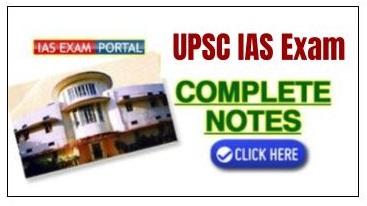
Rajasthan Public Service Commission
RAS Syllabus (Main): Home Science (Code No. 17)
Home Science Paper-I
I. Human physiology and hygiene :
1. Cells and tissues, anatomy and functioning of skeletal, circulatory,
nervous, respiratory, excretory, digestive and endocrine systems and sensory
organs.
2. Causes, mode of transmission, signs & symptoms, care and preventive measure
of common disease such as cholera, malaria, small pox, typhoid, tetanus and
whooping cough.
II. Nutritional biochemistry :
1. Composition, classification, structure, properties and important reactions of
carbohydrates, protein, lipids, nucleic acid, DNA, and RNA. Role of nucleic
acids in protein synthesis.
2. Enzyme -- characteristics, classification, mechanism of action, factors
affecting enzymes activity - temperature, pH, Substrate and enzyme
concentration.
III. Food science and food preservation :
1. Protein foods - milk and milk products, pulses, nuts & oil seeds, egg, meat,
poultry & fish, their composition and processing.
2. Vegetable and fruits - composition and processing.
3. Use of sugar and fats in food processing.
4. Food spoilage and Food toxicants.
5. Methods of preservation - use of low and high temperature, preservatives and
irradiation.
IV. Basic nutrition :
1. Meaning and importance of nutrition. Functions, requirements, sources and
effects of deficiency & excess of protein, carbohydrates, lipids, vitamins and
minerals, Water functions and balance.
2. Energy - Unit, methods of measurement, BMR, total energy requirement and
factors affecting requirement.
3. Digestion and absorption of food. Metabolism - glycolysis, gluconeogensis,
glycogenolysis, glycogenesis, citric and cycle, deamination, transamination,
decarboxylation, urea cycle, β-oxidation and ketogenisis.
V. Meal planning and normal nutrition :
1. Food groups, principles of meal planning and balance diet.
2. Nutrition during adulthood, pregnancy, lactation, infancy, childhood,
adolescence and elderly.
3. Food service management in institutions like hostel, hospital, cafeteria,
canteen, industries etc.


